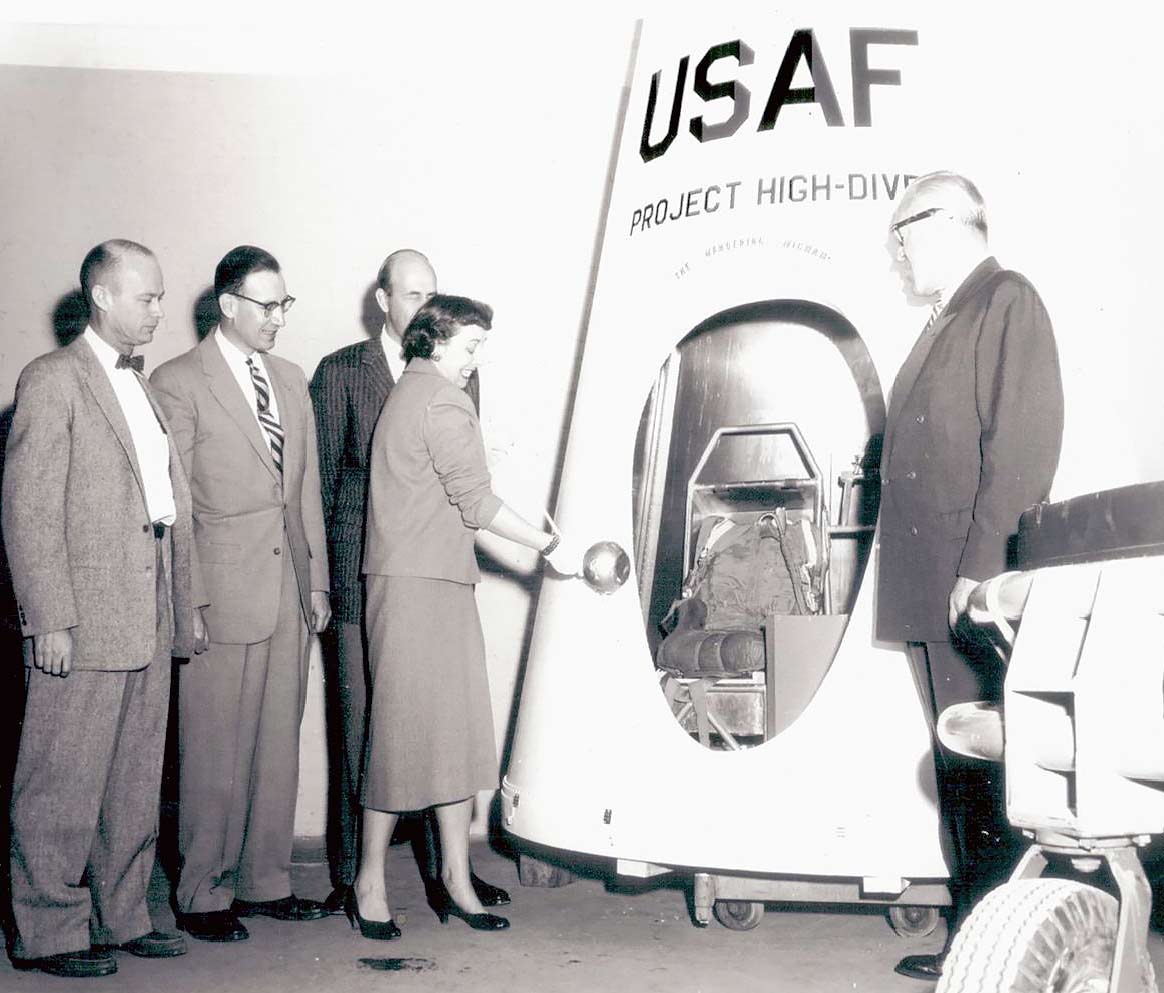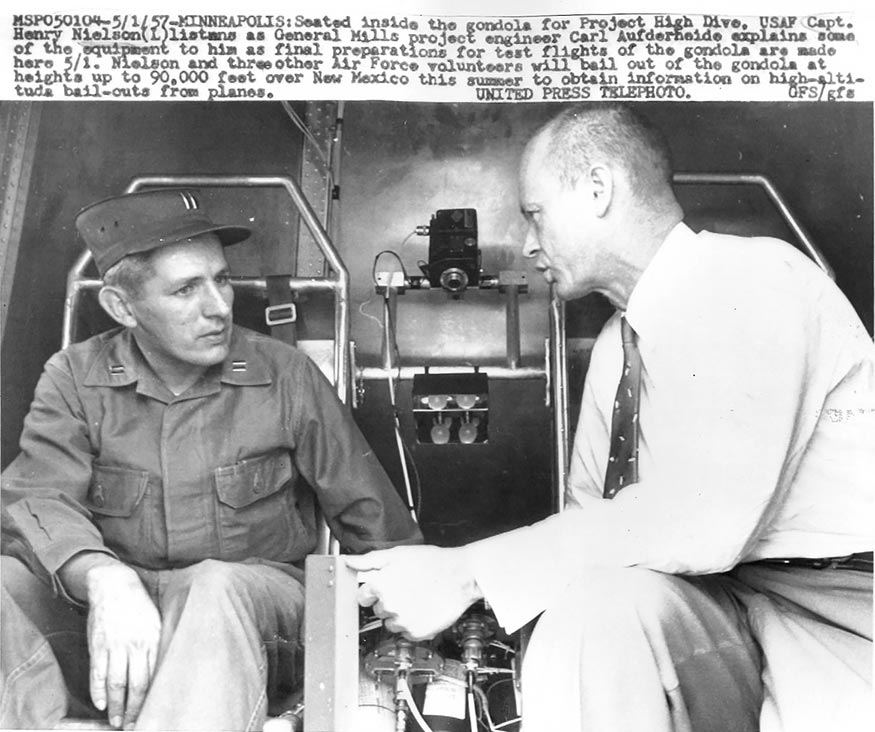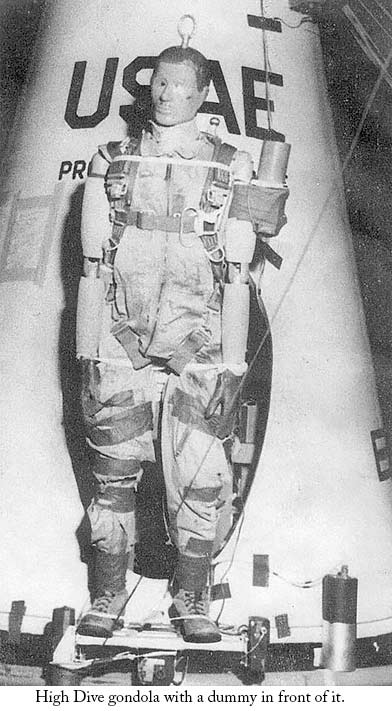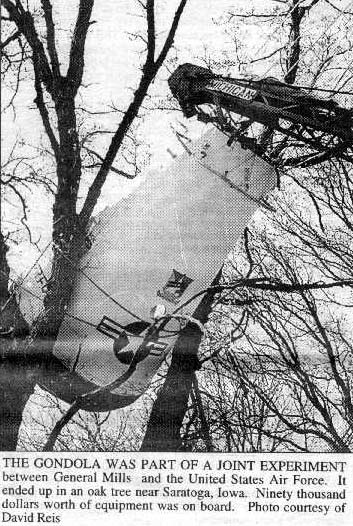Page 2

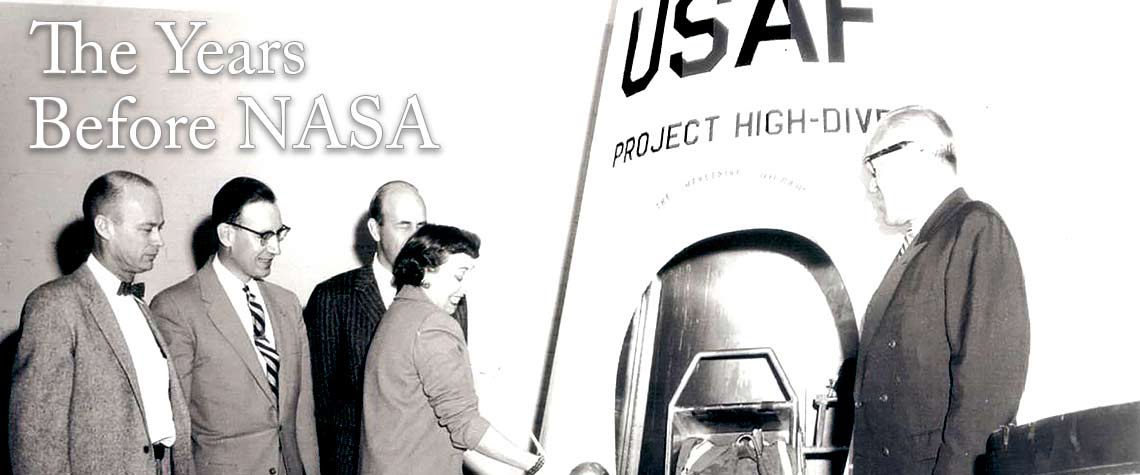
My Pre-NASA Memoirs - Part 1
By Karl J. Aufderheide, Ph.D.
I was a nerdy kid. I had learned to read before kindergarten, which was taboo according to the professional educators of the time, and caused my mother no end of trouble with my teachers: “Why did you teach him to read? He's not supposed to be reading when he enters school.” “I didn't. He taught himself,” she always replied, which was pretty much true.
I terrorized my teachers from second grade on, rattling off the Linnaean names of various dinosaurs and other fossil species while also being heartily bored by the Alice & Jerry readers when I wanted to read the science books. (St. Paul schools didn't do Dick & Jane, but both of the series used the see-say methodology of the early 1950s.) I was a trial to my teachers from kindergarten to the 6th grade. I consistently got bad grades in “social deportment” – “does not work with the group,” because I was off in my own thoughts, when I was supposed to have been “paying attention.”
I have a number of vivid memories of observing some real science which relates to space research in the days before NASA was founded. Thinking hard about those memories and doing a lot of historical tracing of the programs I witnessed have allowed me to organize those memories into a more comprehensible narrative, including dates.
My father was a licensed civil and mechanical engineer. He was also an officer in the Minnesota National Guard and he was called to active duty when the Korean War blew up in 1950. For much of the war, he was officially a battalion commander at Camp Rucker, in southeastern Alabama. When the Minnesota Guard returned from active duty in 1953, we returned to St. Paul/Minneapolis. He did graduate work in engineering at the University of Minnesota, and was hired by the research division of General Mills.
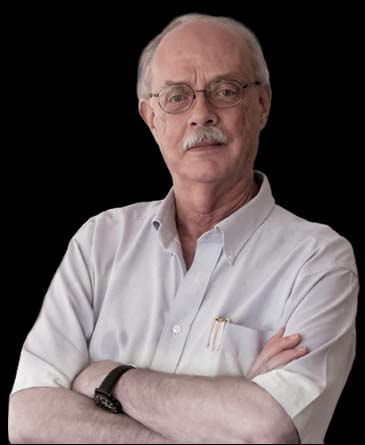
Karl J. Aufderheide, Ph.D.
Associate Professor Emeritus
Texas A&M University
Skyhook Balloons
Balloons had been used for atmospheric research for many years, but after World War II, both the military and civilian research groups made more investigations into characteristics of the upper atmosphere. General Mills, working with the Schejeldahl Corporation, a pioneer plastics company, and Jean Piccard (twin brother of Auguste Piccard), balloon designer expert at the University of Minnesota, developed high altitude plastic balloons that could rise up to 140,000 ft., well into the upper stratosphere, and remain there for hours. This provided a platform for many different kinds of investigations. My father was a major engineer in these balloon flights.
The major advantages of balloon work involve the stability of the balloon and the duration of its time aloft to collect data. Although rockets could climb higher in the atmosphere, they could remain aloft only for short times, typically no more than a few minutes, and they tended to tumble once the motors shut off, so they were not stable. Aircraft typically had lower altitude ceilings, and their time aloft was limited by the fuel supply available. Balloons can remain aloft as long as their buoyancy can be sustained by the amount of hydrogen or helium in the envelope. They are quite stable at altitude, and they consume no fuel to remain aloft.
The big “skyhook balloon” flights were often used to investigate the nature of the stratosphere and its contribution to developing weather patterns, so the balloons were identified as “weather balloons.” Another use involved detection and analysis of cosmic rays approaching the Earth, before the particles had interacted with the atmosphere. Most of the balloon flights throughout the 1950s were identified to the public by these uses. But many balloon flights also involved classified activities that were not revealed to the public. Various detection systems were used to monitor Soviet nuclear testing and other activities; those detection systems were often covertly included with flights doing weather and/or cosmic ray experiments.
The Air Force also contracted a number of manned and unmanned balloon flights to test aspects of human life support and survivability at high altitudes. This involved capsule design and environment maintenance, the function of high altitude suits, and tests of parachute systems permitting safe recovery of humans from high altitude bailouts.
Project High Dive
Some days, I would come home from school and find huge sheets of the polyethylene plastic used to make the balloon envelope spread out in the basement of our house. So, although I knew of my father's balloon work, the first mission I remember with any detail was the Air Force Project High Dive.
With the steady advance in aircraft technology after World War II, the Air Force became concerned about the survival of humans who might have to bail out of an aircraft at very high altitudes. If the full parachute deployed soon after bailing out, the individual might drop so slowly that he/she could be incapacitated or die in the thin air, without a proper oxygen supply during the descent. But if the individual fell several thousand feet before the parachute deployed, reports from human jumpers as well as tests on mannequins showed that there was a tendency for the human body to get into a dangerous, possibly fatal, uncontrolled spin during the free fall. So the Air Force wanted to develop parachute deployment systems that would allow a quick descent but also could keep the individual from uncontrolled spins until the full parachute could be opened at an altitude with sufficient pressure for safe breathing. Project High Dive was one of a number of research programs that Air Force engaged on these issues during the 1950s.
For high altitude capsules occupied by humans, the simplest design was a sphere. This form presented the minimal surface area of the capsule, and did not have any structurally weaker areas that would more likely to leak when the capsule was pressurized at high altitudes. Several manned high altitude flights from the early 1930s on used a spherical capsule gondola hung under the balloon. By extension, this same sphere shape could be used in outer space flights. Aerodynamically, however, a sphere presented problems during the time of free fall that the capsule would experience when reentering the atmosphere, before any parachutes could be deployed. In free fall through an atmosphere, spheres have a strong tendency to tumble and roll. Besides shaking up the contents, how could any heat shielding against reentry atmospheric friction be properly located to protect the capsule? A capsule shape that would be aerodynamically stable was necessary. The Air Force wanted to test prototype designs by dropping them from high altitude balloons.
In the spring of 1957, my father became involved with one aspect of the Air Force's Project High Dive in testing the aerodynamic stability of a capsule prototype during free fall, and also testing parachute systems for a crash test dummy and for the capsule. My father involved me with some of this work, apparently because I was a nerdy science kid and he thought I'd be interested.
Iconic Shape of NASA Capsules
A logical shape for a capsule that would be stable when falling through the atmosphere is a cone with a rounded bottom. No surprise – this is the iconic shape of all the subsequent NASA capsules until the Space Shuttle era, and is central to the design of the new Orion capsule. The prototype for this balloon flight was a conical gondola shaped like a Sioux Native American tepee. It was misnamed the “Wandering Wigwam,” but the name was alliterative, so it remained. (A wigwam is also a Native shelter, but it is low and dome-shaped.) The capsule would tend to orient its blunt end in the direction of movement through the atmosphere, so designers could concentrate the heat shields needed for reentry on that surface. This flight involved a release of that shaped gondola to assess its stability while falling until its parachute system would deploy.
The shape in Figure 1 was developed to answer the problem of a pressurized capsule falling through the atmosphere without tumbling, until it reached an altitude where release of parachutes would be effective.
Similarly, a test of a parachute system for a human was set for this mission. A test dummy, nicknamed “Sad Sam,” would be released from the balloon gondola to fall for several thousand feet before a full parachute system. A stabilizing small parachute would open early in the fall. This small parachute should prevent the dummy from spinning out of control while also permitting the necessary rapid descent until a full canopy parachute would open at about 15,000 ft.
The mission then, would involve lifting the gondola and the dummy up into the stratosphere, about 90,000 feet. First, the dummy would be released from the balloon and the automatic parachute system would be tested to return the dummy safely to the ground. Then the capsule/gondola would be released from the balloon. The capsule's stability as it fell through the atmosphere would be recorded until its parachute system also deployed.
Coordinating the Balloon Mission
The Air Force sent two individuals to coordinate with my father on this balloon mission. I met both these men. Air Force Captain Henry P. Nielsen was an experienced military parachutist. I didn't know that when I met him, he held the then-record high altitude aircraft ejection, having bailed out of a B-47 bomber at 45,000 feet. Francis Beaupre was a civilian employee of the Air Force and was an expert in design and construction of parachute systems. His designs were to be tested on the dummy and the capsule in this mission. Both of these men were friendly and tolerant of a nerdy kid asking way too many questions.
Figure 2 is an Air Force archive photo of my father (right) and Capt. Henry Nielsen (left) sitting in the Wigwam gondola, discussing the function of the gondola and its expected performance when it was released from the balloon. Had the unmanned test with the dummy been successful, Nielsen and others would have occupied the gondola and jumped from it in flights later in the summer of 1957.
Launch Day
Very early on the morning of the launch on May 5, 1957, my father routed me out of bed and we drove to the University of Minnesota airport in New Brighton to observe the launch. Balloons launch best in the very early morning, when winds are typically at a minimum. The envelope of a balloon is very fragile, so it is necessary to have still weather while it is being filled with helium or hydrogen. Release of the balloon, often just as the sun is rising, can be an awesome sight as the huge balloon silently lifts itself and its cargo up into the sky. Although it looks limp when launched, as the balloon rises in altitude, it expands as the atmospheric pressure decreases until the envelope is inflated and the buoyancy of the gas in the envelope is equal to the mass of the cargo the balloon is carrying. For a stratospheric flight, reaching its goal altitude might take a few hours.
Much later that day, I was in the General Mills research building when we had the word that the balloon was at its goal altitude and ready to deploy the drops. We raced up to the roof of the building where someone had set up a telescope trained on the balloon. I was allowed to look at the balloon, which had expanded to a round shape, at the moment the dummy was to be released. The balloon should have jumped upward when the weight of the dummy was released, and I was told to look for that. Someone on a radio announced the drop signal had been sent. But I saw nothing, and I announced that. There was much consternation from the adults around me and I had to move away from the telescope as others had to take a look. I wasn't mistaken: the balloon did not respond, the dummy was not released. Some time later, when the gondola should have been released, that also did not happen. Something in the release mechanisms failed – I think I heard later that the battery driving them had failed in the cold at 90,000 ft.
The balloon drifted around in the stratosphere that day and the next until it came down in Iowa, in a farmer's field, on May 6. The balloon came down gently, so the gondola and its equipment were not damaged. But the Wigwam was stuck in a tree and required a crane to retrieve. Sad Sam was found in an adjacent field. The failure of the test was an amusing news item around the world.
Classified Air Force Project
The High Dive program was supposed to be classified Air Force work, so, someone apparently changed the F on the marking above the doorway to an E, and Sam carefully covers the “Project High Dive” label below it. Compare the image of the gondola with Figure 1 above. Note the change in the label on the gondola.
A few days later, I asked my mother when I could meet Nielsen and Beaupre again, because I had liked interacting with them. My mother informed me that they were both angry that the test flight had failed, and we would probably not see them again.
Nevertheless, the Wigwam shape was adopted for subsequent space capsules, and the parachute systems are now standard for pilots bailing out of aircraft at high altitudes, so something useful was gleaned from the project.
